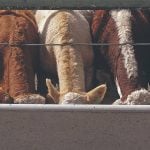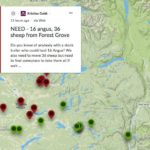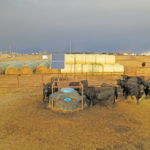Producers in the province have two per cent of the crop combined and three per cent swathed or ready to straight-cut, according to Saskatchewan Agriculture’s weekly Crop Report. The five-year (2012-2016) average for this time of year is two per cent combined and two per cent swathed or ready to straight-cut. Seventy-five per cent of […] Read more








